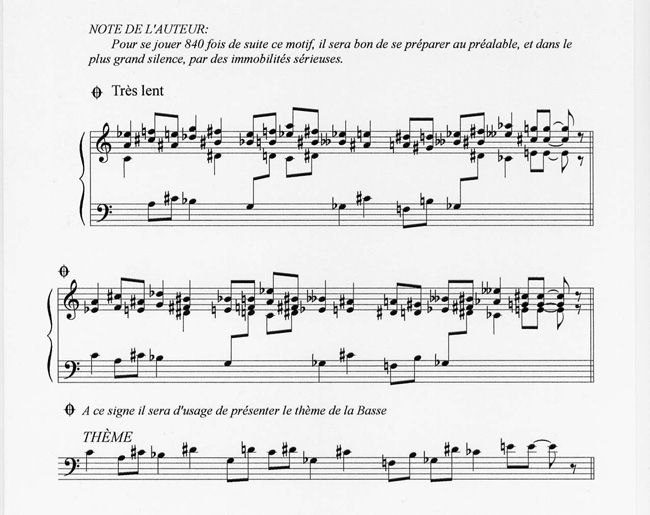Thanks for the further explanation/clarification, ferney.
My admiration for both Igor (for his skill, whether inate or contrived) and you (for your ability and willingness to explain things so clearly) is unbounded!

My admiration for both Igor (for his skill, whether inate or contrived) and you (for your ability and willingness to explain things so clearly) is unbounded!

 - probably good news for the player's achilles tendon.
- probably good news for the player's achilles tendon.


Comment